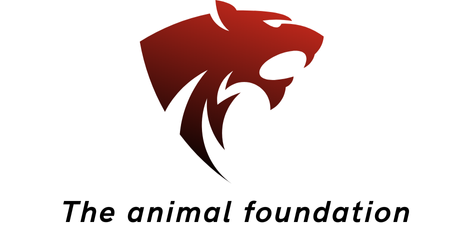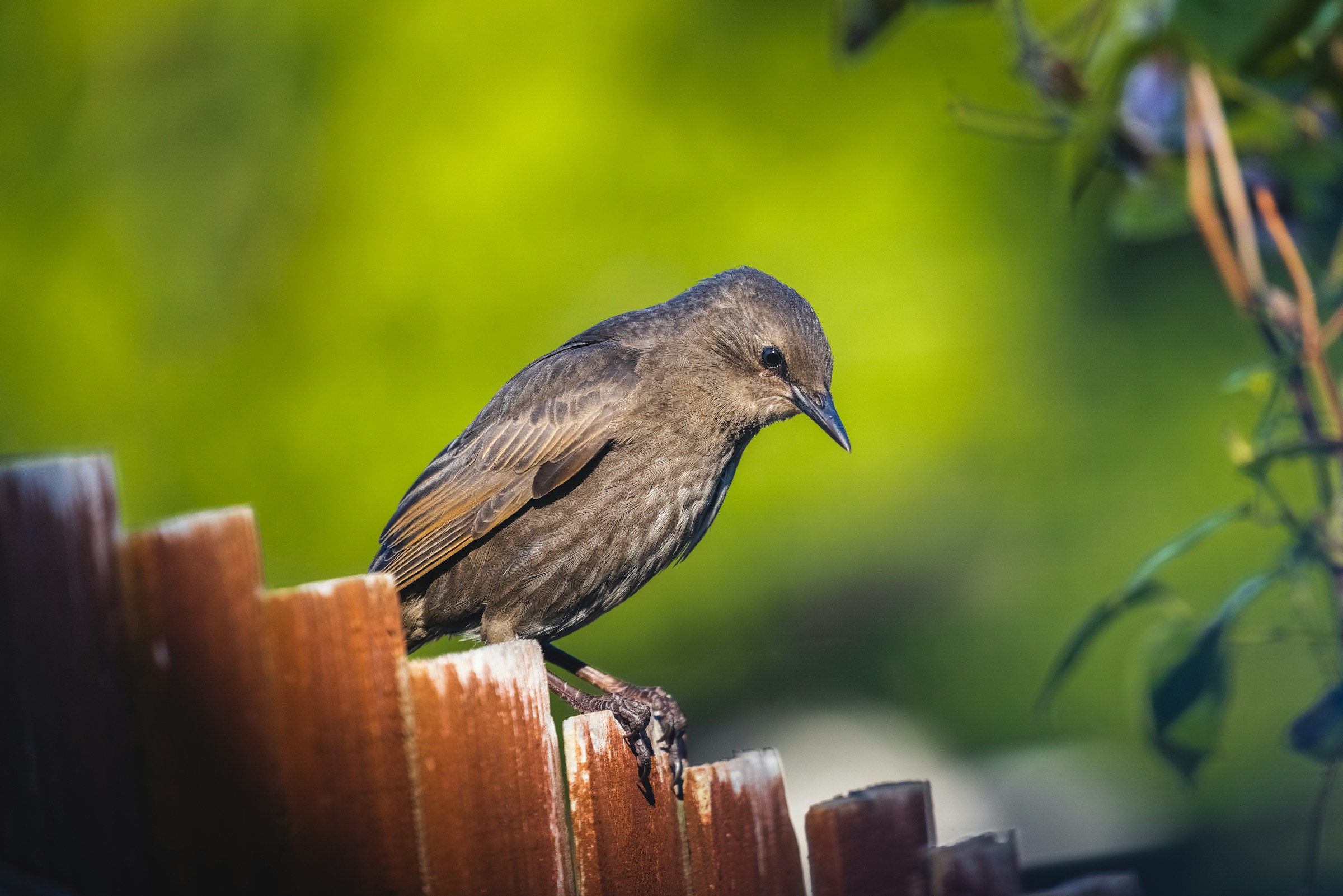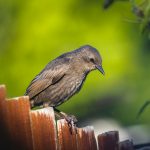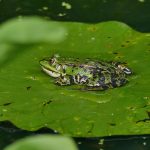Birds, with their captivating colours, melodic songs, and mesmerising flight patterns, have always held an allure for mankind. They bring life to our gardens, making them a delightful place to unwind. However, these avian creatures are susceptible to a variety of diseases that could pose a threat not only to themselves but also to other wildlife and domestic poultry. As such, our vigilance in surveillance and control of bird diseases is a crucial part of protecting the fauna in our gardens.
Recognizing the Signs of Disease in Birds
An understanding of how to recognize the signs of disease in birds can be a valuable tool in preventing a potential outbreak. Many diseases exhibit common symptoms in birds, such as changes in behaviour, physical appearance, or diet.
A lire également : How do UK’s water quality regulations affect the breeding grounds of amphibians?
Changes in Behaviour
Birds are typically lively, playful creatures with a flair for interaction and sociability. A bird that is less active, listless, or more solitary than usual might be a sign that it is unwell. Similarly, changes in flight patterns such as difficulty in taking off or landing, or flying in a lopsided manner could indicate illness.
Changes in Physical Appearance
Examine the bird’s physical appearance. A healthy bird will have bright, clear eyes. Dull, cloudy eyes or discharge around the eyes or nostrils could be a sign of disease. Check for changes in the plumage, such as loss of feathers or dull, dishevelled feathers, as these can also be indications of ill health. Feather loss around the face or on the body could indicate mites or other parasites.
Avez-vous vu cela : What should you consider before adopting a rescue greyhound in the UK?
Changes in Diet
A bird that is eating less than usual could be a sign of illness. Likewise, if a bird is constantly at the bird feeder but appears to be losing weight, it could be suffering from a disease.
Understanding the Types of Avian Diseases
There are several types of diseases that commonly affect birds, including avian influenza and other pathogenic diseases. It is important to have a basic understanding of these diseases to effectively identify and react to them.
Avian Influenza
Avian Influenza, also known as bird flu, is a highly infectious and severe disease that affects many species of birds. It is caused by the H5N1 virus, a strain of the Influenza A virus. The highly pathogenic avian influenza (HPAI) form of the disease is the most deadly to birds.
Birds affected by avian influenza may exhibit symptoms such as diarrhoea, difficulty in breathing, swollen head, reduced egg production in laying birds, and sudden death. In some cases, birds may die without showing any signs of disease.
Other Pathogenic Diseases
In addition to avian influenza, birds can also be affected by other pathogenic diseases such as Psittacosis, Newcastle disease, and Aspergillosis. Psittacosis is a bacterial disease that can cause symptoms such as diarrhoea, difficulty in breathing, and decreased appetite. Newcastle disease is a virus that causes symptoms such as twisted neck, difficulty in breathing, and paralysis. Aspergillosis is a fungal disease that can cause symptoms such as difficulty in breathing, decreased appetite, and lethargy.
Actions to Take if a Bird Appears Sick or Dead
If you encounter a bird that appears sick or dead in your garden, it is critical that you act promptly and responsibly. Your actions can prevent the spread of disease to other birds and wildlife.
Control Measures
If you find a sick bird, avoid handling it as it may transmit the disease to you or other animals. Instead, report the bird to the relevant authorities. In the UK, you can contact the Royal Society for the Protection of Birds (RSPB).
If you find a dead bird, especially if it is a wild bird, report it to the Department for Environment, Food and Rural Affairs (DEFRA). If the bird is suspected to have died from avian influenza, DEFRA will conduct tests to confirm the cause of death. In case of a confirmed case of highly pathogenic avian influenza, control zones will usually be put in place to prevent the spread of the disease.
Surveillance
Regular surveillance of the birds in your garden can help in early detection of diseases. Pay attention to their behaviour, physical appearance, and diet. Keep a record of any changes and inform the local vet or wildlife authority if you notice anything unusual.
Updated Information
Stay updated with the latest information on bird diseases. DEFRA regularly updates guidelines on avian influenza and other bird diseases. The last updated guidelines were released in August, suggesting increased vigilance due to a rise in reported cases.
Preventing Disease in Garden Birds
While it is important to know how to recognize and respond to bird diseases, prevention is always better than cure. Here are a few preventative measures you can take to ensure the health of the birds in your garden.
Provide Clean Food and Water
Birds are attracted to gardens that provide food. However, dirty bird feeders and water dishes can harbour disease-causing bacteria and parasites. Regularly clean and disinfect bird feeders, water dishes, and bird baths using a 10% bleach solution. Rinse thoroughly and dry before refilling with food or water.
Create a Healthy Habitat
Creating a healthy habitat for birds can help boost their immune system and make them less likely to contract diseases. Plant a variety of native plants that provide natural food and shelter. Provide nesting boxes to encourage birds to breed in your garden.
Limit Contact with Domestic Birds
If you keep domestic poultry, limit their contact with wild birds as they can easily spread diseases. Keep your poultry in a secure area that wild birds cannot access. Regularly clean and disinfect the poultry premises to reduce the risk of disease transmission.
By following these guidelines, you can enjoy the charm of birds in your garden while ensuring their health and the health of your local avian community.
Responding to the Latest Situation in Bird Diseases
The health of garden birds is a dynamic situation. Diseases can emerge, evolve, and spread rapidly. Thus, it is vital to stay vigilant and informed about the latest developments in avian diseases and their control measures.
The latest situation updated in April 2024 by DEFRA indicates a rise in reported cases of avian influenza, particularly the highly pathogenic strain known as H5N8. Such a rise necessitates increased surveillance and preventive measures to control the disease’s spread.
A critical response to this situation is the declaration of a surveillance zone and a protection zone around the areas where the H5N8 strain has been confirmed. These zones are intended to limit the movement of birds and prevent the disease from spreading to other regions.
Within these zones, both captive and wild birds are monitored closely for signs of disease. If a bird is found to be infected, it is removed from the population, and all birds in the vicinity are tested for the disease.
If you live within these zones, it is crucial to follow the guidelines provided by DEFRA. These include reporting any dead or unwell garden birds immediately and taking extra precautions to avoid direct contact with wild birds.
Conclusion: Playing Our Part to Protect Garden Wildlife
Birds add a magic touch to our gardens and have an integral role in the ecosystem. As custodians of garden wildlife, we have a responsibility to protect these avian creatures from diseases that can disrupt their population.
By staying informed about the latest situation with avian diseases and DEFRA guidelines, we can take appropriate actions in a timely manner. Recognizing the signs of bird flu and other diseases, taking preventive measures, and responding appropriately to a sick or dead wild bird is crucial in controlling the disease spread.
Alertness and a proactive approach can prevent a potential disease outbreak in our gardens. Regular surveillance of garden birds’ behaviour, physical appearance, and diet, in addition to maintaining clean feeding and watering areas, can significantly contribute to their health.
Moreover, creating a healthy habitat with natural food and nesting spaces can boost their resilience against diseases. Similarly, limiting contact between captive birds and wild bird populations can mitigate the risk of disease transmission.
The October updated DEFRA guidelines reflect the ongoing commitment to protect our garden birds from the highly pathogenic avian influenza (HPAI) and other diseases. As the situation is continually evolving, staying updated with the latest information is crucial.
In summary, our gardens can continue to be a safe haven for birds if we remain vigilant, informed, and proactive in protecting them from diseases. Let’s savour the charm of garden birds while ensuring their health and the health of the broader avian community.
















